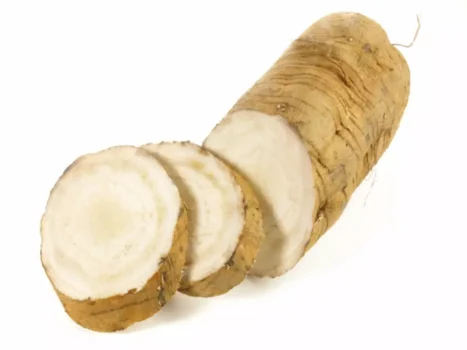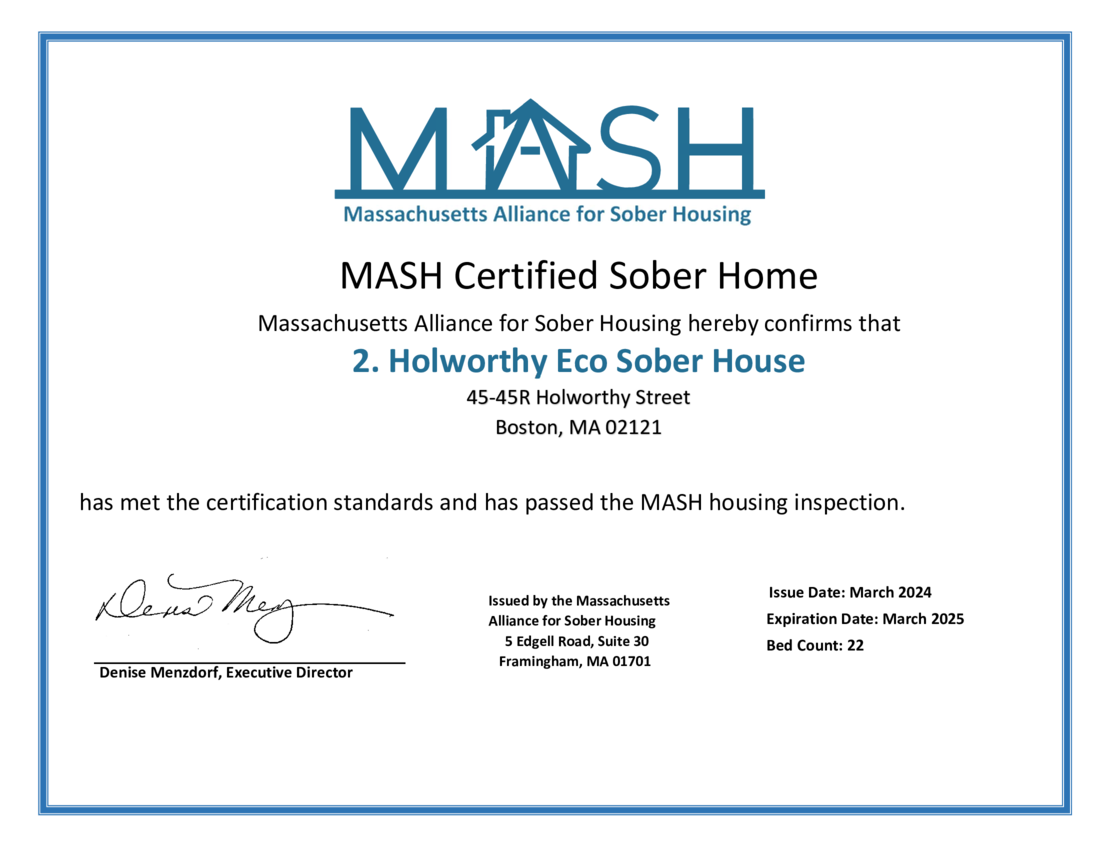
Thus, studies will need to emphasize measures of substance-related problems in addition to reporting the degree of substance use (e.g., frequency, quantity). Only a small minority of people with substance use disorders (SUDs) receive treatment. A focus on abstinence is pervasive https://ecosoberhouse.com/ in SUD treatment, defining success in both research and practice, and punitive measures are often imposed on those who do not abstain. Most adults with SUD do not seek treatment because they do not wish to stop using substances, though many also recognize a need for help.
Find Support

At least based on these data, they are likely to make up a minor sub-set of individuals who seek moderation-focused treatment. They not only had a greater reduction in drinking days per week (about 3 days per week by the end of the treatment period). Also interesting that, as the study alcohol abstinence vs moderation authors point out, all groups improved to varying degrees particularly in terms of fewer drinks per drinking day. A measure of number of psychiatric diagnoses, including alcohol use other substance use disorders, was calculated by summing the total number of affirmative responses.
Spend time self-reflecting
- Acamprosate works by affecting levels of a chemical in the brain called gamma-amino-butyric acid (GABA).
- There is a feeling of freedom that results from this commitment where one does not feel hopeless or without choices.
- Additionally, in the United Kingdom, where there is greater access to nonabstinence treatment (Rosenberg & Melville, 2005; Rosenberg & Phillips, 2003), the proportion of individuals with opioid use disorder engaged in treatment is more than twice that of the U.S. (60% vs. 28%; Burkinshaw et al., 2017).
- These individuals notably made up just 14% of the sample, the smallest group of the three.
- It is essential to understand what individuals with SUD are rejecting when they say they do not need treatment.
- Additionally, the system is punitive to those who do not achieve abstinence, as exemplified by the widespread practice of involuntary treatment discharge for those who return to use (White, Scott, Dennis, & Boyle, 2005).
In its original form, RP aims to reduce risk of relapse by teaching participants cognitive and behavioral skills for coping in high-risk situations (Marlatt & Gordon, 1985). More recent versions of RP have included mindfulness-based techniques (Bowen, Chawla, & Marlatt, 2010; Witkiewitz et al., 2014). The RP model has been studied among individuals with both AUD and DUD (especially Cocaine Use Disorder, e.g., Carroll, Rounsaville, & Gawin, 1991); with the largest effect sizes identified in the treatment of AUD (Irvin, Bowers, Dunn, & Wang, 1999). As a newer iteration of RP, Mindfulness-Based Relapse Prevention (MBRP) has a less extensive research base, though it has been tested in samples with a range of SUDs (e.g., Bowen et al., 2009; Bowen et al., 2014; Witkiewitz et al., 2014). Recent decades have seen a sustained interest amongst researchers, policymakers and the media in understanding and policing drinking that is public, excessive and highly visible.
Share of adults who drink alcohol
Along with his colleagues, in the presentation, Vasavada will discuss the scientifically sound pros and cons of both abstinence and drinking in moderation for individuals with AUD. The treatment options for alcohol misuse depend on the extent of your drinking and whether you’re trying to drink less (moderation) or give up drinking completely (abstinence). When it comes to finding the best approach to changing alcohol’s relationship in your life or deciding that there are more severe issues at hand, it’s important to remember that your journey is not a “one-size-fits-all.” There isn’t a singular treatment option that will suit everyone. Understanding how external factors will support or impede your success can help you determine if moderation is something that feels achievable within your current lifestyle and circumstances, or if sobriety is a more realistic goal. It’s also important to know that you can change certain circumstances, and therapy can aid in helping you set boundaries that empower your progress.
- Because this makes drinking less pleasurable, people are less likely to crave alcohol.
- Naltrexone can be used to prevent a relapse or limit the amount of alcohol someone drinks.
- It is important to highlight that most of the studies cited above did not provide goal-matched treatment; thus, these outcomes generally reflect differences between individuals with abstinence vs. non-abstinence goals who participated in abstinence-based AUD treatment.
- To date, research examining associations among abstinent and non-abstinent substance use status and well-being, has focused primarily on treatment-seeking individuals with alcohol use disorder.
- Accepting, embracing, and then distracting yourself from these feelings in a healthy way will help you fight the urge to drink.
The Two Approaches
Enjoyable, non-alcoholic alternatives include virgin mojitos, kombucha, mocktails, and soda with fresh fruit or lime juice. Drinking in moderation means you’ll likely need to turn down a drink now and again. Planning exactly how you’ll say no—in a quick, polite, and convincing way—can make it easier for you to stick with your convictions and avoid a spiral of uncomfortable excuses. Living with someone who misuses alcohol can be stressful, so receiving support can often be very helpful. Many people who have alcohol dependency problems find it useful to attend self-help groups, such as Alcoholics Anonymous (AA) or SMART Recovery. It works by blocking opioid receptors in the body, stopping the effects of alcohol.

Expanding the continuum of substance use disorder treatment: Nonabstinence approaches
From a health perspective, complete abstinence is recommended for certain populations. This includes those managing liver disease, bipolar disorder, abnormal heart rhythms, or chronic pain. It’s also recommended for people who are pregnant or trying to become pregnant, people younger than 21 years of age, individuals who take medications that interact with alcohol, and those who find they cannot maintain moderate drinking over time.¹ Alcohol also increases the risks of other health conditions, including cancer. While sobriety can be achieved by anyone, it’s important to check in with your healthcare provider before making significant changes to your drinking patterns. For individuals with severe alcohol use disorder and possible physical alcohol dependence, quitting cold turkey can cause withdrawal symptoms that may be dangerous or even life-threatening. It’s vital to discuss your goals with a physician to determine how to stop drinking alcohol safely.

Support links
Such reductions are very often the goal of treatment and as such, show some possible promise for the treatment of individuals with alcohol abuse problems. Indeed, the participants in the study are what I would consider very heavy drinkers and are likely more representative of common drinking problem behavior than the really severe, chronic, poly-substance dependent patients that often present to residential treatment. For all we know, it might also be an option for people who do meet criteria for alcohol dependence but since the study we’re about to assess didn’t talk about it, we’ll leave that for later. Thus, while it is vital to empirically test nonabstinence treatments, implementation research examining strategies to obtain buy-in from agency leadership may be just as impactful. There is less research examining the extent to which moderation/controlled use goals are feasible for individuals with DUDs.
Tips for Moderating Drinking
About 26% of all U.S. treatment episodes end by individuals leaving the treatment program prior to treatment completion (SAMHSA, 2019b). Studies which have interviewed participants and staff of SUD treatment centers have cited ambivalence about abstinence as among the top reasons for premature treatment termination (Ball, Carroll, Canning-Ball, & Rounsaville, 2006; Palmer, Murphy, Piselli, & Ball, 2009; Wagner, Acier, & Dietlin, 2018). One study found that among those who did not complete an abstinence-based (12-Step) SUD treatment program, ongoing/relapse to substance use was the most frequently-endorsed reason for leaving treatment early (Laudet, Stanick, & Sands, 2009). A recent qualitative study found that concern about missing substances was significantly correlated with not completing treatment (Zemore, Ware, Gilbert, & Pinedo, 2021). Unfortunately, few quantitative, survey-based studies have included substance use during treatment as a potential reason for treatment noncompletion, representing a significant gap in this body of literature (for a review, see Brorson, Ajo Arnevik, Rand-Hendriksen, & Duckert, 2013).
